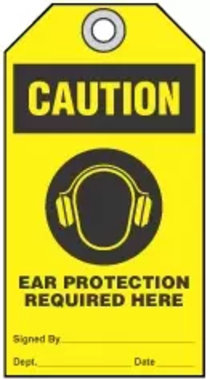
Ear Protection Safety Signs
The most guaranteed method of preventing occupational deafness is by reducing noise at the source by engineering methods. However, in certain workplace conditions, there is very little or nothing one can do to reduce noise at the source. In such workplaces, workers wear hearing protectors to reduce the amount of noise reaching the ears.
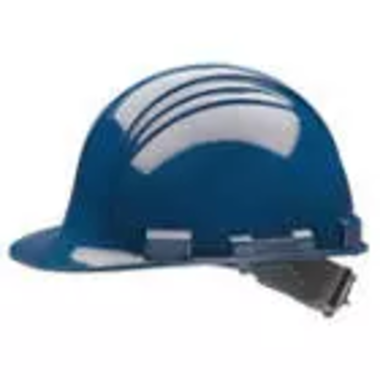
Danger: Do Not Enter This Area Unless You Are Wearing A Hard Hat
Hand shields or helmets provide eye protection by using an assembly of components such as a helmet shell. This helmet must be opaque to light and resistant to impact, heat and electricity. Outer cover plate made of polycarbonate plastic which protects from UV radiation, impact and scratches. This helmet also includes filter lens made of glass containing a filler which reduces the amount of light passing through to the eyes.
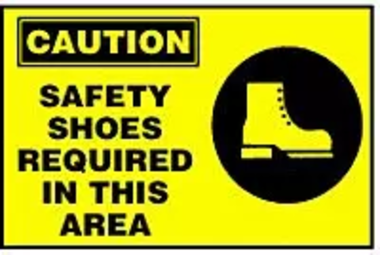
Danger: Respirator Must Be Worn At This Operation
Danger:
Respirator Must Be Worn At This Operation
Wearing a respiratory protection
device does not mean that you are safe. The atmosphere that surrounds you at
work still remains dangerous. The air that we breathe in is never "100%
clean". For example, your lungs can attacked by cooking smells, carpet
deodorizers, chlorine in bleach, cigarette smoke or dead skin cells from
animals in your own home. In your yard
or on the street, car exhaust, household and industrial smoke, smell of freshly
cut grass, tree resin, fungus dust, flower pollens and dust taken by wind, are
omnipresent. Moreover, some types of work generate substantial amounts of
atmospheric contaminants. For example, spraying with pesticides, washing with
solvents, grinding metal, transferring wheat on a feeder, painting with a spray
gun or arc welding belong to this group.
NSC Congress & Expo is coming...are you ready?
Idesco is exhibiting in Booth 1246
Safety excellence is an ongoing journey. Learn how to apply best
practices and successful methods to transform your biggest challenges. Be
a force of change in your organization by bringing the knowledge home!
more info >>
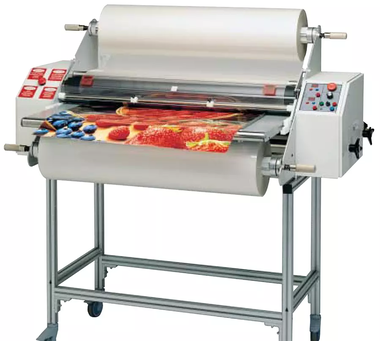
Laminating Roll Materials
What are Laminating Roll Materials?
Laminating roll materials typically refers to the large laminate sheets that are wound around a tubing of identical length to the sheet. The entire laminate sheet and tube are fitted into a roll laminator machine, which rotates to feed the laminate sheet through the machine, with the substrate side pressing the sheet against the object being laminated (in this case a board or piece of paper).
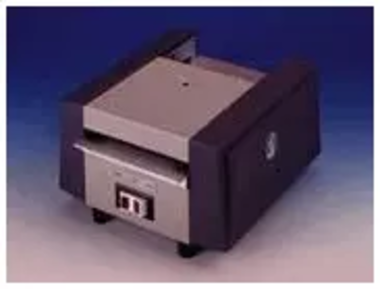
Q-Tags and Customized Laminated Tags
What are Q-Tags? Q-Tags are mass-produced safety tags
laminated using Idesco’s proprietary lamination method. The Q-Tag lamination
method is employed specifically for safety tags that are harder to laminate
using existing and traditional methods, such as bar codes, photos, tags
containing special messages, machine-specific data, right-to-know chemical stats
and descriptions or any other unique type of safety tag that is not easy to
categorize.
continue reading
Safety Signs in the Food Industry
The modern democratic world is highly bureaucratic and
organized when it comes to safety sign
requirements in the commercial arena. It is virtually canonical for insurance companies
in developed countries to require the presence of industry-specific and/or
general safety signs in work areas as part of their insurance policies.
This is especially applicable to the food industry, which on
top of containing specific potential dangers to employees, additional care has
to be taken to avoid food contamination, which can harm customers and thus
result in a number of different lawsuits.

Plug and Switch Lockouts
Lockouts are also known as “tag outs,” and hence the term lockout/tag out is often seen in tandem. A lockout/tag out refers to a procedure whereby a company assigns an individual to shut down power and disconnect all equipment and machinery from its primary energy source. The reason for doing so is in an emergency when becoming necessary to prevent the unexpected activation of that machinery as a means to protect workers and employees. The assigned employee then activates the energy-isolation (lockout/tag out) devices in a safe or “off” position.

Small and Large Lamination Pouches
Laminating pouches are typically measured in inches and small laminating pouches range from 2 x 3 inches (length and width) to 3 x 5 (a typical 3-by-5 index card). Large laminating pouches range in size from (3.5 x 5.5 inches, which are the dimensions of file cards, to 12 x 18 inches, which is the size of a typical menu and many charts.
What is a Lamination Pouch?
A lamination pouch is a sealed air-tight plastic pouch with the capability to protect a number of work and home-related supplies, namely documents and other items which are typically written on. A heat-activation process binds the print material to the inside of the lamination pouch, which contributes to the tight seal created during the lamination process.
For example, a lamination pouch can be used for safety signs, labels, ID cards and luggage tags. Laminating pouches are different from traditional lamination in that the air-tight seal protects the contents of the pouch by preventing moisture and other foreign materials from entering the lamination cover. For this reason many industries, such as construction sites and plants, turn to lamination pouches in order to protect signs that are vital for employee safety.

What is a Padlock?
Purpose of a Padlock
Padlocks are external, portable locks that can be placed in most locations, versus the traditional stationary lock, such as the type that is built in to a door. Padlocks are also different in another regard: they were designed specifically in order to protect against vandalism, defacement, or any of type of forced entry. They are typically used to protect the contents of storage units, such as sheds, but are very widely used for safety purposes as well, such as for keeping employees out of potentially dangerous areas.
What is Lamination?
Lamination is  the process by which two or more layers of material are glued together and
placed within a plastic covering as to protect them from damage and normal wear
and tear or deliberate damage.
This type of lamination, which is the one that
people most commonly refer to, should not be confused with the type associated
with electrical engineering, which is a technique used to reduce undesired
heating effects. The plastic covering sheath used to cover the materials is
known as a laminate. Credit cards, photo ID cards and formal documents are some
of the most commonly laminated items, but the process is used for protecting
virtually any paper document that might need protection, such as school reports
and diplomas.
the process by which two or more layers of material are glued together and
placed within a plastic covering as to protect them from damage and normal wear
and tear or deliberate damage.
This type of lamination, which is the one that
people most commonly refer to, should not be confused with the type associated
with electrical engineering, which is a technique used to reduce undesired
heating effects. The plastic covering sheath used to cover the materials is
known as a laminate. Credit cards, photo ID cards and formal documents are some
of the most commonly laminated items, but the process is used for protecting
virtually any paper document that might need protection, such as school reports
and diplomas.
What are Safety Signs?
In simple terms, safety signs are signs that include a range of messages with the intent of keeping people from physical harm. Other signs are preventive in nature, instructing people for or against taking certain actions. A third type of safety signs are those categorized as informational and simply alert people to certain information, such as the whereabouts of a fire extinguisher. These signs are found in a range of different locations: factories, offices, educational institutions, and just about in any place where large amounts of people congregate.

Plug and Switch Lockouts
Employees can find themselves at risk of a serious injury or death if the machine they operate starts up unexpectedly or releases stored but hazardous energy. It is the sole responsibility of employers to address safety issues that concern the safety of the employees, especially when handling with dangerous equipment.
Procedures and standards must be in place to disable machinery and prevent the release of perilous energy while maintenance and servicing a machine. These measures may include the use of a multi-step startup procedure, time delays, or audible warnings. In such relatively uncommon situations, lockout/tagout requirements do not apply. However, such alternative precautions must be carefully evaluated for their effectiveness in light of the configuration of the machinery, the reliability of the alternative measures, employee training, and other factors.